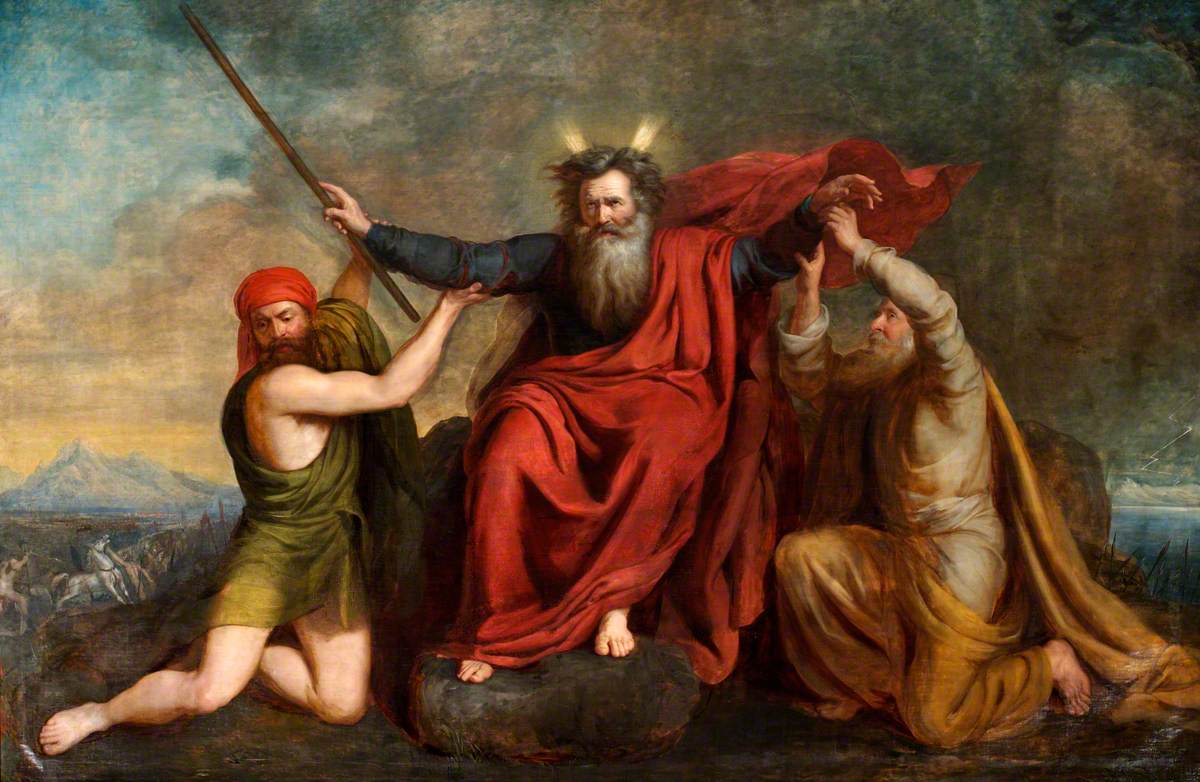 In ceremonial magic a wand is often used. The origin of the magical wand is shrouded in the mists of time, but we know Egypt’s Pharoah carried a crozier, as did Egyptian priests (such as Jannes and Jambres (Hebrew: Yohanai and Mamre) who confronted Moses and Aaron and conjured their staves into serpents). Indeed, wands have a much older provenance, such as in the worship of the bronze age Canaanite goddess Asherah, a deity derived from the ancient Sumerians, where poles (essentially stylised trees) were erected at sacred locations to invoke her.
In ceremonial magic a wand is often used. The origin of the magical wand is shrouded in the mists of time, but we know Egypt’s Pharoah carried a crozier, as did Egyptian priests (such as Jannes and Jambres (Hebrew: Yohanai and Mamre) who confronted Moses and Aaron and conjured their staves into serpents). Indeed, wands have a much older provenance, such as in the worship of the bronze age Canaanite goddess Asherah, a deity derived from the ancient Sumerians, where poles (essentially stylised trees) were erected at sacred locations to invoke her.
The staves of Moses and Aaron were therefore stylised trees, representing the Asherah poles that stood at Canaanite religious places. Indeed, the burning bush through which God spoke via an angel amidst the flames that did not consume it, was probably a sacred Asherah shrine. Each of the heads of the twelve tribes of Israel had staves too. Two poles also supported the Ark of the Covenant when it was carried, and the Nehushtan or bronze snake of Moses was affixed to a pole in the wilderness.
Shakespeare’s final play, The Tempest, features a mage called Prospero. The character is often identified by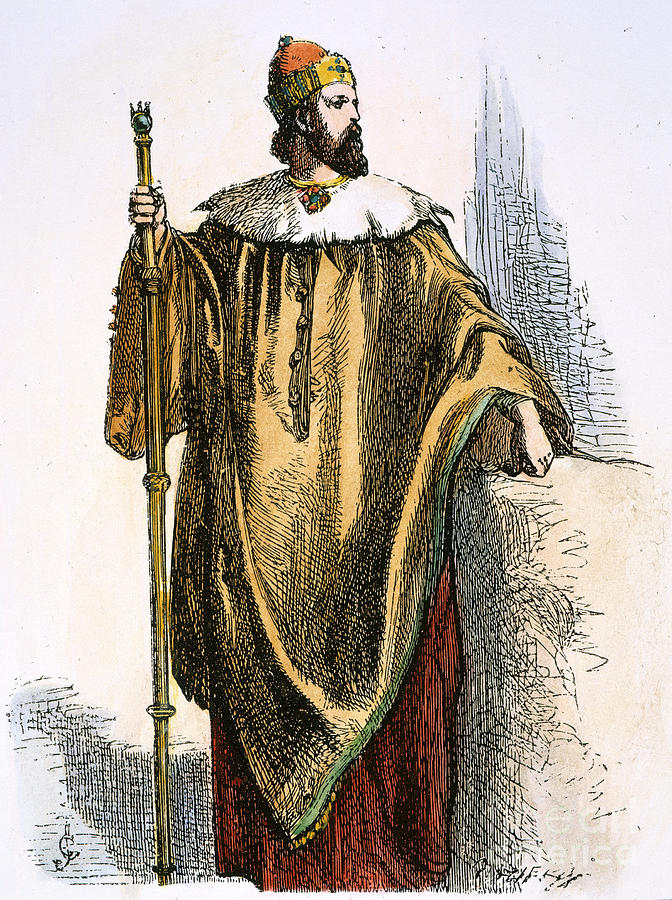 scholars as a plot device used by Shakespeare to secretly refer to himself. I consider some of these ideas in my book Allegory in Stone. It is Prospero who wields a magic staff, and who frees the demon Ariel from entrapment within "a cloven pine" tree. Ariel is then subject to Prospero, and executes the mage’s bidding. Ariel’s supernatural powers include control of wind, fire and water as well as the capacity to be active on land. In ancient Jewish cosmogony, “the four sparks of godliness” were applied to the acoustic pronunciation of the Hebrew letter tau - being an allusion to the classical elements of fire, wind, earth and water, believed to be the signature of God embedded in the universe.
scholars as a plot device used by Shakespeare to secretly refer to himself. I consider some of these ideas in my book Allegory in Stone. It is Prospero who wields a magic staff, and who frees the demon Ariel from entrapment within "a cloven pine" tree. Ariel is then subject to Prospero, and executes the mage’s bidding. Ariel’s supernatural powers include control of wind, fire and water as well as the capacity to be active on land. In ancient Jewish cosmogony, “the four sparks of godliness” were applied to the acoustic pronunciation of the Hebrew letter tau - being an allusion to the classical elements of fire, wind, earth and water, believed to be the signature of God embedded in the universe.
In Jewish tradition, the letter tau also represents the Hebrew word emes (“truth”). The tau was originally in the shape of a cross, and therefore often equated with the classical elements, the four dimensions of space, the four corners of the earth, truth. It also had the numerical value of forty in the Hebrew Gematria. Forty is a sacred number in the Bible: Noah’s Flood; Elijah’s walk; the Temptation of Christ, among many other instances. It may be said therefore that the cross is a central motif in the history of Israel, albeit hidden in an allegorical code. Yet the tau cross predates Judaism, and was originally a symbol believed to go back to the Sumerians, who crossed two sticks to give it the meaning of Tammuz, the god of death and resurrection. That the cross represented elemental nature there can be little doubt; but within that cosmogony was the concept of movement and transmutation, from one life to another. In Jewish belief the shape of the cross was also regarded as a sign of the everlasting Covenant, and became a sigil of God’s power over life and death.
The following passage from the book of Ezekiel describes the prophet’s vision of the destruction of Jerusalem by the “heavenly executioners” who would only to spare those who wore the mark of the tau cross on their foreheads:
“Go all through Jerusalem and mark a “tau” on the foreheads of all who deplore and disapprove of all the evil practices in the city.” I heard him say to the others, “Follow him through the city and strike. Show neither pity nor mercy, kill and exterminate them all. But do not touch anyone with the sign of the tau.” Ezekiel 9:4
Interestingly enough, in Isaiah 29:1-2 “Ariel” is the name given to Jerusalem:
“Woe to Ariel, to Ariel, the city where David dwelt! add ye year to year; let them kill sacrifices. Yet I will distress Ariel, and there shall be heaviness and sorrow: and it shall be unto me as Ariel.”
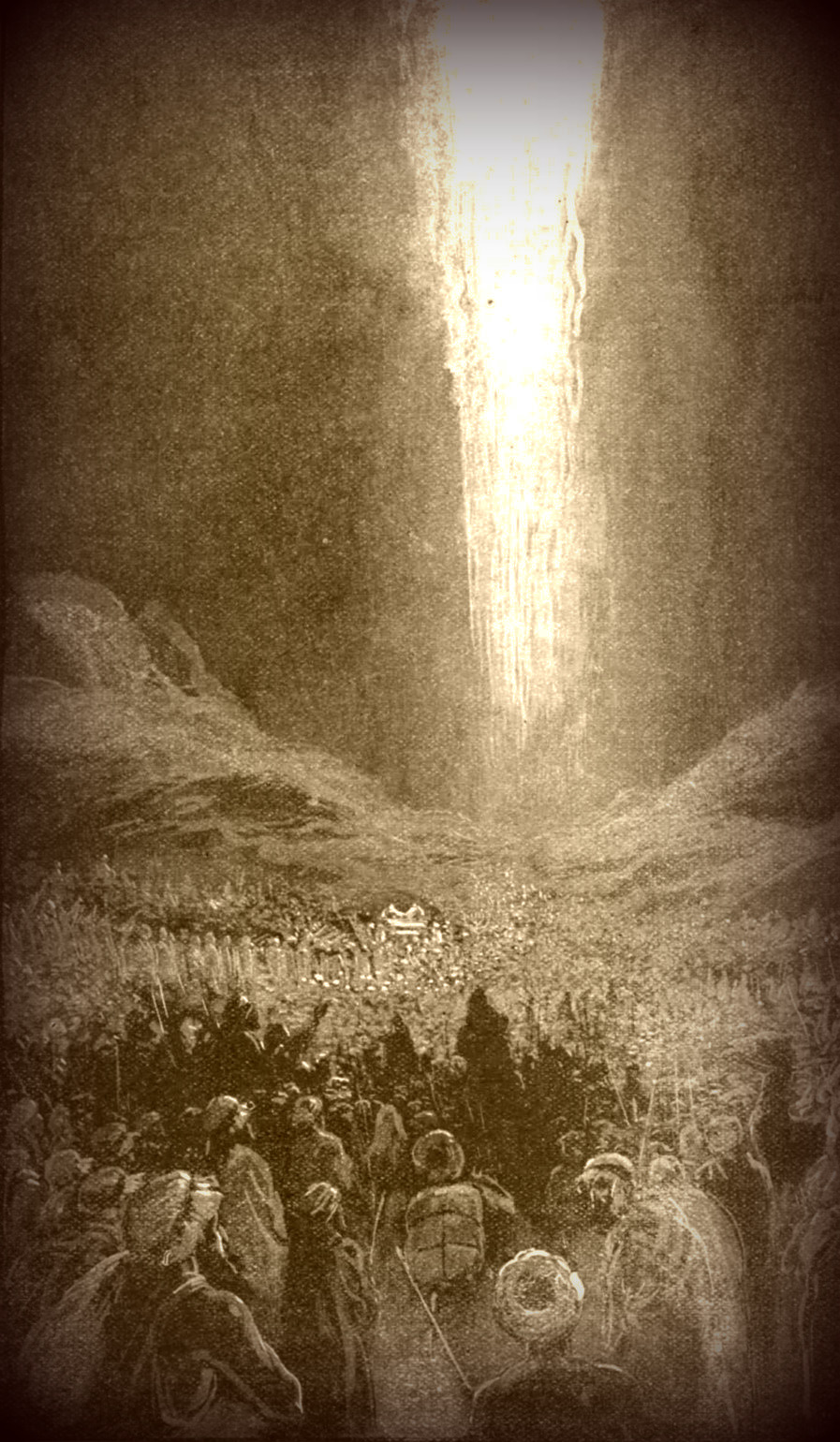 Whether Shakespeare had this in mind in The Tempest we simply do not know. Yet the wand or pole of Prospero is given new meaning when the mage breaks it in two, thereby forming the two sticks of the tau cross. In Judaism the wands of Moses and Aaron were symbolised by the twin pillars of the Temple, Boaz and Jachin. The pillars represented the fiery water of the Divine Substance of God, that which went before the Hebrews as a pillar of fire by night and a pillar of cloud (water) by day. The two pillars of the Exodus were in truth one pillar, as there is but one God, since the pillars altered position and changed their chemical properties to afford the protection. The theme of fiery-water as a metaphor for God can be found throughout the scriptures:
Whether Shakespeare had this in mind in The Tempest we simply do not know. Yet the wand or pole of Prospero is given new meaning when the mage breaks it in two, thereby forming the two sticks of the tau cross. In Judaism the wands of Moses and Aaron were symbolised by the twin pillars of the Temple, Boaz and Jachin. The pillars represented the fiery water of the Divine Substance of God, that which went before the Hebrews as a pillar of fire by night and a pillar of cloud (water) by day. The two pillars of the Exodus were in truth one pillar, as there is but one God, since the pillars altered position and changed their chemical properties to afford the protection. The theme of fiery-water as a metaphor for God can be found throughout the scriptures:
“For the Lord thy God is a consuming fire, even a jealous God.” Deuteronomy 4:24
“O Lord, the hope of Israel, all that forsake thee shall be ashamed, and they that depart from me shall be written in the earth, because they have forsaken the Lord, the fountain of living waters.” Jeremiah 17:13
The twin pillars and the two wands are important metaphors in modern Freemasonry, where (despite obfuscation in the explanations given to the initiate) the opposing forces of order and chaos are presented for the mason to harmonise by his thoughts and actions. This contrast between light and darkness, life and death is encountered in the raising of Lazarus in the Gospel of John. This was the last and greatest of the seven miracles Jesus performed in that Gospel. It also has a possible parallel with the raising of the young man in the apocryphal Secret Gospel of Mark. In both accounts, Jesus raises a dead man to life who has already been sealed in his tomb for four days. Again, the four days point to the cross, which, meeting at the centre, represent the four material elements conjoining meeting at the centre, which represents the materia of spirit.
Lazarus had died. He was not in a coma or a state where his body could be re-resuscitated. The tomb signifies the mystical cave, a place where the outward senses are silenced in a state of darkness, allegorical of physical death. All that is left is mind. The body of Lazarus would have been placed there without much delay in the hot Palestinian climate, to prevent the spread of disease and unpleasant odour. Christ deliberately delays embarking upon the one day walk to Bethany, where he is told Lazarus is dying. When news arrives of his death, he weeps, and then finally departs. On his arrival one of Lazarus’ sisters advises him that her brother died four days ago. Jesus’ delay was deliberate, and he failed to save him when he could. Why? because Lazarus’ resurrection demonstrated that Jesus was the prophesised Messiah. It was a sign of the power of God working through him at the dawn of the Messianic Age, since raising of the dead was a sign of the coming judgment. Also, it was a test of faith for Jesus’ followers, not least Lazarus’ grieving family. Further, it was the only means by which Jesus could confer immortality upon his Beloved Disciple.
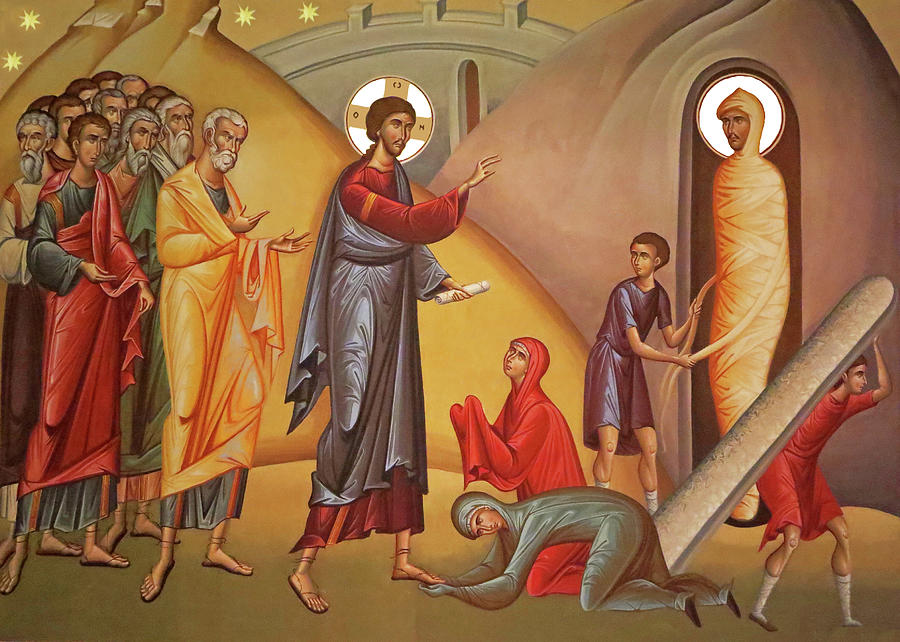
In the Gospel of John Lazarus is the first to be raised to life, and becomes a living sign of the Messianic authority of Jesus. More than that, he is personal augur of the Day of Judgement and general resurrection of the dead. Lazarus had gone further than anyone; this was no near death experience or revitalisation. He had passed the abyss from life to death; had passed the Guardians of the Threshold of his karma, and had returned at the invocation of Christ: “Lazarus, arise.” The knowledge of the next life which Lazarus brought back was immense, and the breaking of the seal on his tomb and entrance of the Lord must have involved a number of magical processes: the return of Lazarus’ soul to his physical form; the restoration of his etheric body; the regeneration of the physical form from the rapid processes of decay; and the restoration of the astral body, tied as it were to Heaven, as if the rope of the ascending Companion Principal Sojourner into the dark recesses of the ruined Temple.
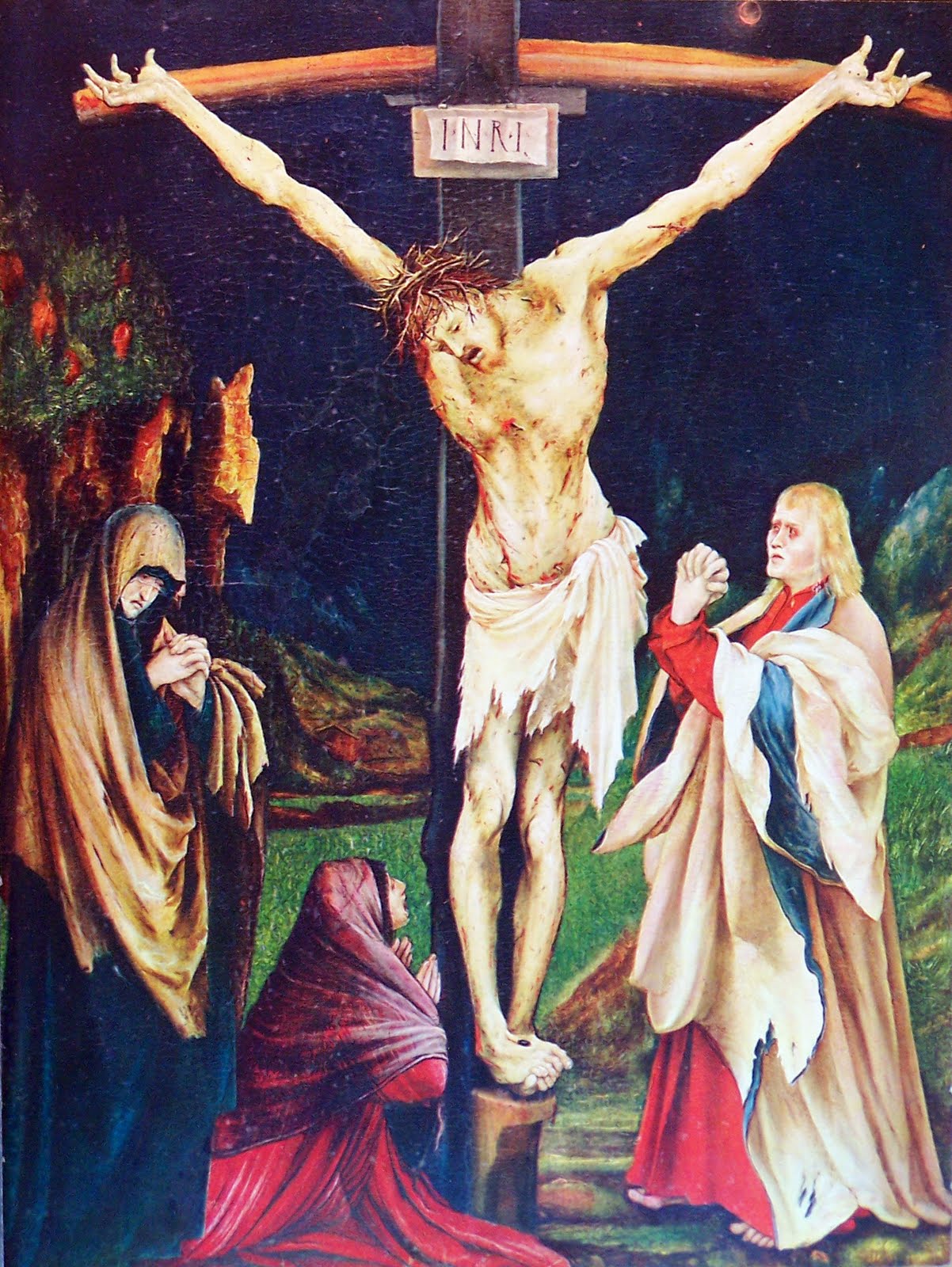 The initiation of Lazarus by Jesus was not only a matter of the contact of spirit with the physical form at the cross-bar of the tau cross, but was also a reversal of the processes of linear time. It was the reconstruction of Lazarus’ particular temple. As such, the five junctions of the cross act as the perfect metaphor for the elements, spirit and time itself. The totality of the created universe. Thus we can see that the initiation of Lazarus did indeed involve two wands, but they were metaphorical: the poles at the interface of the physical dimension with the spiritual. Jesus mastered the physical realm and transformed Lazarus’ astral form to such an extent that he could reincarnate at will and with full knowledge of his past lives.
The initiation of Lazarus by Jesus was not only a matter of the contact of spirit with the physical form at the cross-bar of the tau cross, but was also a reversal of the processes of linear time. It was the reconstruction of Lazarus’ particular temple. As such, the five junctions of the cross act as the perfect metaphor for the elements, spirit and time itself. The totality of the created universe. Thus we can see that the initiation of Lazarus did indeed involve two wands, but they were metaphorical: the poles at the interface of the physical dimension with the spiritual. Jesus mastered the physical realm and transformed Lazarus’ astral form to such an extent that he could reincarnate at will and with full knowledge of his past lives.
Such a man as he, thought of by us today as a metaphor of the perfect man of wisdom, Christian Rosenkreutz (or Christian of the Rosy Cross), is the precursor of us all. Due to his immortality, this is why in the Gospel of John 21:22:: “If I want Him to remain alive until I return, what is that to You?.” The obvious answer is that Jesus was not talking about the apostle John but Lazarus, whom he renamed John (meaning “Gracious”). That John, Lazarus, lives on as the ever-incarnating soul of Christian Rosenkreutz, who has been working on creating the right conditions for man’s spiritual evolution by influencing consciousness in the west these past two thousand years. The Second Coming of Christ awaits consummation of that project.
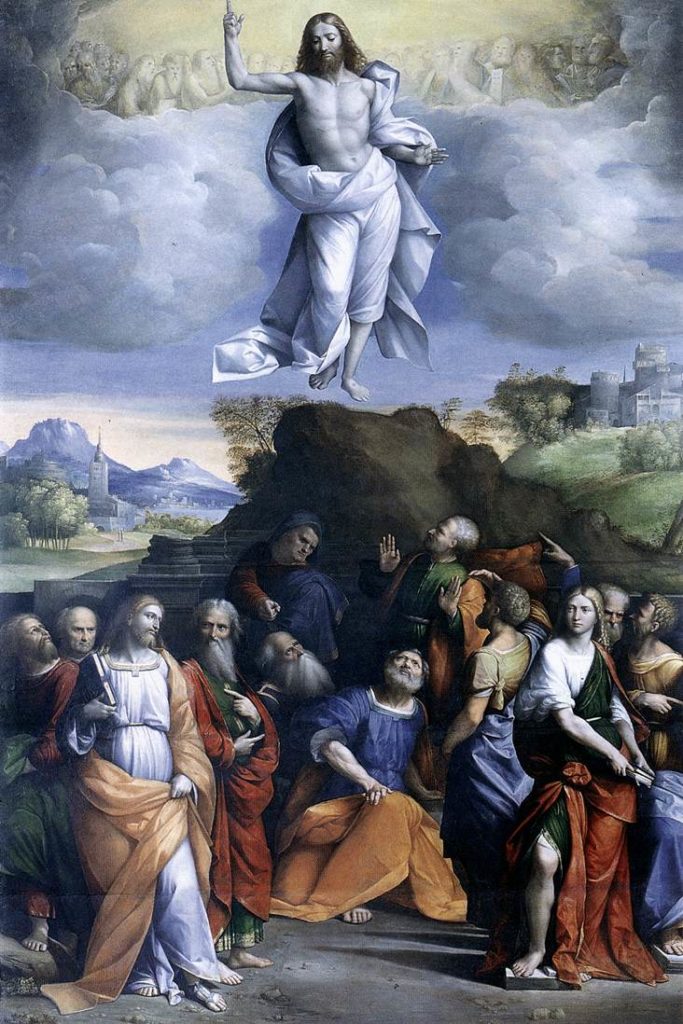 What of Jesus? The dual nature of Christ – i.e. being fully God and fully man, one person, indivisible but of two natures - means that his human nature required to undergo transformation in order to ascend to Heaven and attain a state of vibrational existence whence it could attain immortality. This is because man is not a discarnate spirit but a being of mind, body and soul. The transformation or initiation of Christ’s human nature was effected by two wands or Asherah poles, figuratively present in the tau cross at Calvary. The crossed pillars of wood signify Christ’s mastery over nature (both elemental and time) in his death and subsequent resurrection. Interestingly, in the Tarot the two of wands signifies a dominion i.e. territory belonging to a king. Jesus of Nazareth, king of the Jews. The two of wands suggests dominion and empowerment of the self and our destiny. In Kabbalistic terms the two staves are associated with the sephiroth of Chokmah (Wisdom). It is therefore not only supremacy over the dark forces of evil and chaos that Jesus intends in the crucifixion but the acquisition of perfect wisdom in his human form at his resurrection.
What of Jesus? The dual nature of Christ – i.e. being fully God and fully man, one person, indivisible but of two natures - means that his human nature required to undergo transformation in order to ascend to Heaven and attain a state of vibrational existence whence it could attain immortality. This is because man is not a discarnate spirit but a being of mind, body and soul. The transformation or initiation of Christ’s human nature was effected by two wands or Asherah poles, figuratively present in the tau cross at Calvary. The crossed pillars of wood signify Christ’s mastery over nature (both elemental and time) in his death and subsequent resurrection. Interestingly, in the Tarot the two of wands signifies a dominion i.e. territory belonging to a king. Jesus of Nazareth, king of the Jews. The two of wands suggests dominion and empowerment of the self and our destiny. In Kabbalistic terms the two staves are associated with the sephiroth of Chokmah (Wisdom). It is therefore not only supremacy over the dark forces of evil and chaos that Jesus intends in the crucifixion but the acquisition of perfect wisdom in his human form at his resurrection.
The tau cross, as we have discussed, was symbolic of the four corners of the earth, the four elements and the angelic powers ruling over them (the names of which are invoked in transcendental magic, then as now). The crucifixion was therefore initiatory, and the cross a powerful talisman. Jesus was following the path of initiation taken by Lazarus. There are other initiatory clues in the Gospel of John: "After Jesus had taken the vinegar, he said, It is accomplished', and bowing his head he gave up his spirit" (John 19:30). The elixir is suggestive of a ritual drink, but quite aside from that the words “it is finished” or “accomplished” resonate with the culmination of a rite of passage. So, Jesus passed from life to death, and we know from the New Testament that he harrowed Hell and sought to reconcile those there with God. In so doing he delivered the soul of Adam and father of us all from eternal penury. Jesus not only crossed the Abyss, he conquered it.
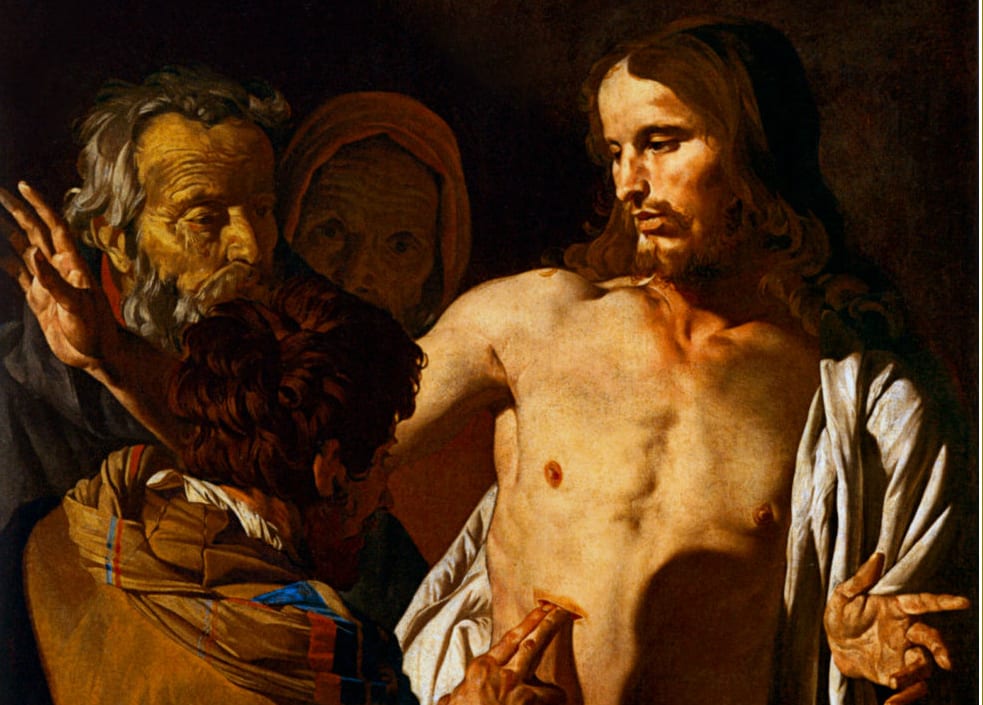
The resurrection accounts now make perfect sense if we regard the accounts in light of an alchemical transformation of Jesus’ physical body into the form of the Risen Christ. They are no longer absurd to us, because they define what it is to be human in the life to come. That is the true meaning of esoteric alchemy. In John 20:19 and in Luke 24:39 the risen, initiated Jesus exclaims: “See my hands and my feet, that it is I myself; touch me and see, for a spirit does not have flesh and bones as you see that I have.” This is the same Jesus who after his death and resurrection was recognized by his followers on the road and broke bread with them. This was the Jesus who could appear, as like Lazarus-John was now initiated by passing through death and returning with perfected etheric and astral bodies. He remained for forty days, again, the gematria for the tau cross, where the eleven Apostles proceeded to Galilee. He first appeared to James, then to all the Apostles, and to more than five hundred people at one time. Seeing him they took hold of his feet and worshiped him.
“So when it was evening on that day, the first day of the week, and when the doors were shut where the disciples were, for fear of the Jews, Jesus came and stood in their midst and said to them, ‘Peace be with you.’”
This article is the copyright (c) of M.R. Osborne, 2022






